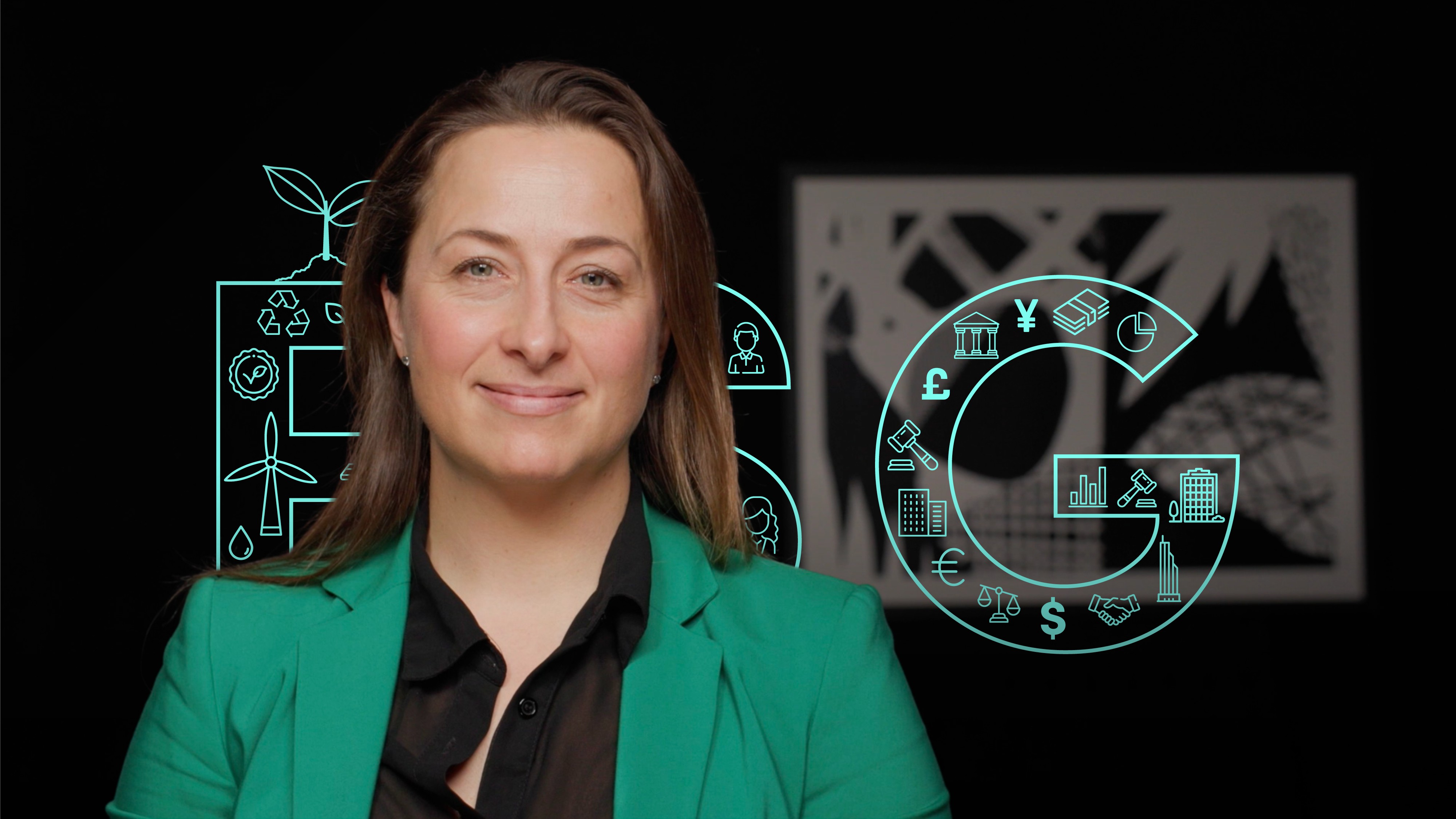
Introduction to Sustainable Supply Chains

Kate Larsen
20 years: Human Rights and Supply Chains
How do the items you use, eat and wear get made? Unfortunately, bad ESG practice in industry supply chains is more likely to be the rule than the exception. In the introductory video of this pathway, Kate Larsen guides us through what a supply chain is and how you can judge the E, the S and the G parts of a supply chain.
How do the items you use, eat and wear get made? Unfortunately, bad ESG practice in industry supply chains is more likely to be the rule than the exception. In the introductory video of this pathway, Kate Larsen guides us through what a supply chain is and how you can judge the E, the S and the G parts of a supply chain.
Subscribe to watch
Access this and all of the content on our platform by signing up for a 7-day free trial.

Introduction to Sustainable Supply Chains
10 mins 47 secs
Key learning objectives:
Learn what a supply chain is
Understand where ESG fits into supply chains
Identify why ESG ratings companies get it wrong
Overview:
The term supply chain refers to the networks of companies that supply and exchange goods and services. Supply chains for many businesses include the provision of the following: ordered products, raw materials to make products, packaging, and the logistics and transportation required to get the product to clients. All suppliers should be encouraged to improve their environmental and social performance, but supply chains in the manufacturing, logistics, cleaning, security, and other blue-collar industries are significantly more exposed to ESG risk.
Subscribe to watch
Access this and all of the content on our platform by signing up for a 7-day free trial.
What is a supply chain?
The term describes the chain of businesses supplying and trading goods and services. Supply chains encompass the supply of commissioned products, raw materials, packaging, logistics and transportation needed to get the product to customers. However, they can technically also encompass professional services such as external lawyers and accountants. This all contributes to business, economic and investment growth.
What does the ‘E’ in ESG supply chains encompass?
Supply chain environmental issues commonly looked into include water use or pollution, waste pollution, materials usage and air emissions. Businesses both impact and cause climate change problems. Therefore seeing them moving towards zero emissions is crucial for ethical and stewardship reasons. Very few companies have their own factories, so supply chains can be absolutely crucial to business to be able to deliver products and generate revenues. This has been made apparent with the COVID-19 and Brexit supply chain disruptions.
What does the ‘S’ in ESG supply chains encompass?
On the social side, supply chain issues are focused on working conditions. Sweatshops, factories, warehouses, logistics, farming can have serious risks for businesses and robust due diligence is vital.
Many ESG ratings agencies fail to rate some companies properly for their poor human rights due diligence, including the exploitation of supply chain workers and even some cases of alleged modern slavery. It seems ESG ratings firms misunderstood a companies reliance on their supply chains and how they should execute supply chain ESG human rights due diligence.
What does the ‘G’ in ESG supply chains encompass?
For governance, much of it is monitored in legal assessments. For example, efforts to deal with legally registered business partners, and anti-bribery and corruption efforts. Getting governance right creates a fair playing field and frameworks under which business success can sustainably be delivered.
Subscribe to watch
Access this and all of the content on our platform by signing up for a 7-day free trial.

Kate Larsen
There are no available Videos from "Kate Larsen"





























